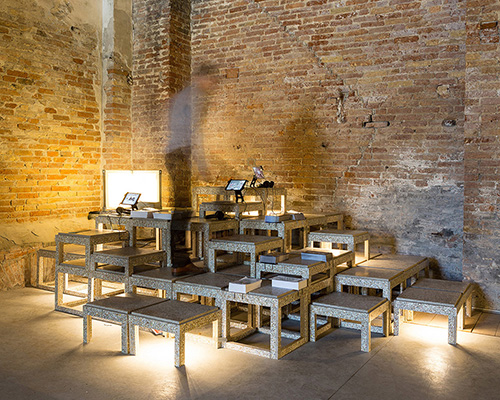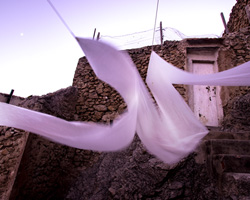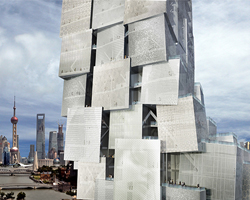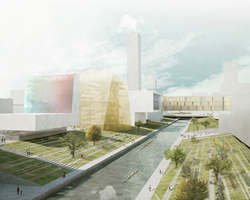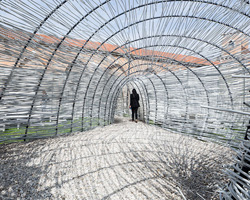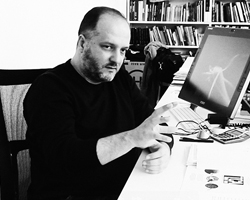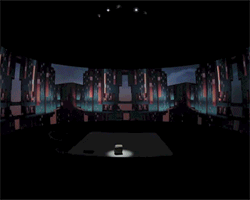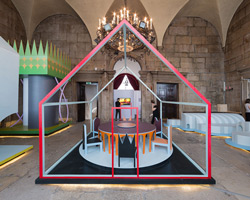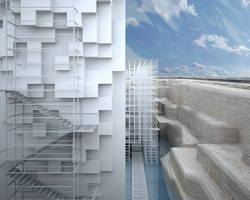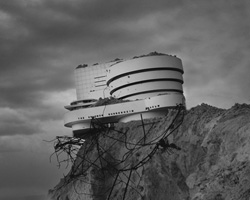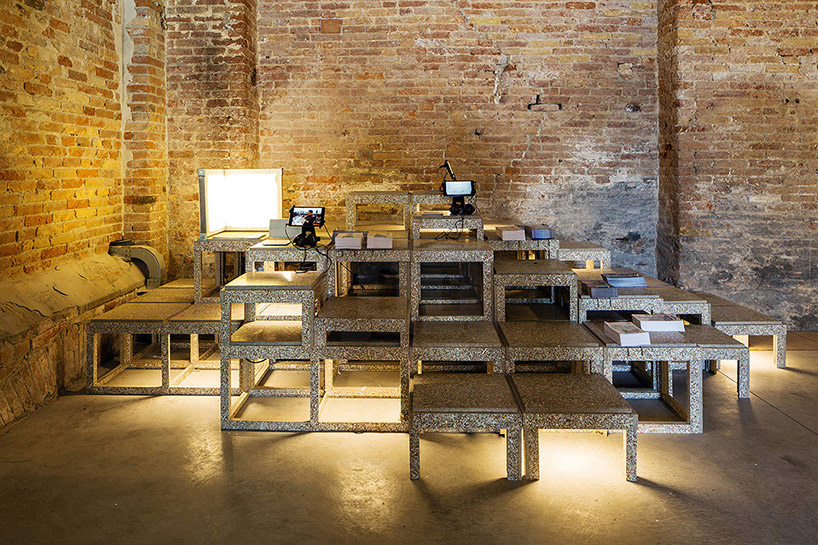
at the venice architecture biennale 2014, an exhibition within the chinese pavilion, titled ‘the condition of chinese architecture’ by TCA think tank, highlights issues regarding the perception and research of architecture in the country. china uses 33% of the world’s overall consumption of reinforced concrete and its architects account for 1% of the world total. meanwhile, the turnover from building work is 1/10 of the world total. in other words, 1% of the world’s architects must design 33% of all buildings and they must do this for just 1/10 of the profit. with these thoughts in mind, the think tank questions, ‘how does this condition affect architecture?’
the condition of chinese architecture – venice biennale fundamentals 2014
video courtesy of pier alessio rizzardi
the display is an array of historical and contemporary information that provides the basics for understanding the condition of architecture in china and the situation in which its actors must operate. the reality is studied through the amount of growth, size, quantity of projects, issue of demolition, relationship between a project and its context, the definition of the numbers of chinese phenomenon, and the condition that determines its architecture. the research of the identity goes back to the origin, when contact was first made with the west and the expression of the nation was changing.
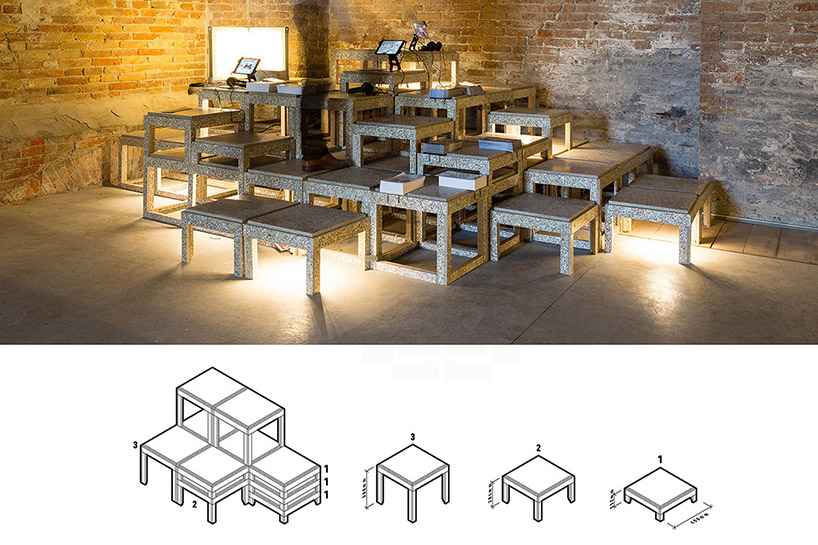
installation floor scheme
image © marco cappelletti | all images courtesy of TCA think tank and marco cappelletti
information has been collected through examples of baroque, beaux art, eclecticism, chinese revival, soviet architecture, modernism, american postmodernism, mega-structural modernism, and new vernacular architecture. the historical research focuses on the major architectural trends of today, illustrating mega-structural objects, symbolic and iconic buildings, traditional appearance, and architecture with vernacular characteristics.
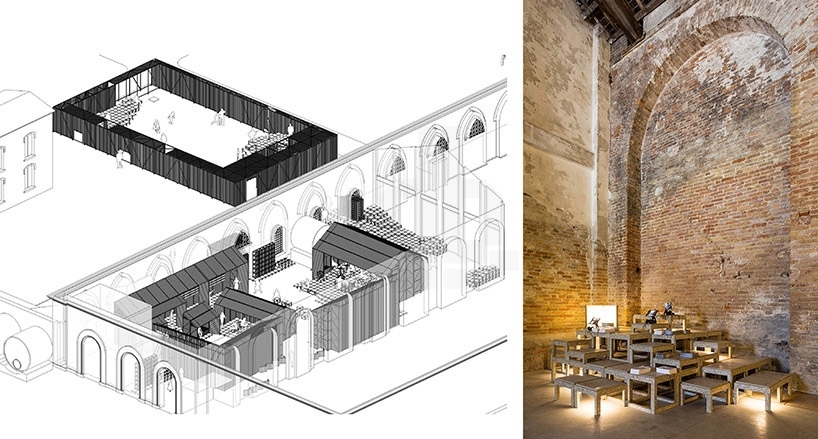
aerial view showing the installation within the context of the chinese pavilion
image © marco cappelletti
in order to properly portray each of these concepts in a clear and concise manner, the installation is composed of three parts: conversations with chinese architects, a report on the architectures by the new generation of architects, and issues of architecture in the country. the architects of modern day describe their experiences, their design philosophies through the most important works of their careers, and their positions about the main current issues: the research of architectural identity, the possibilities and contradictions of the present and historical moment, the understanding of the non-context, the speed of architectural creation, the traces of the past in new architectures and the condition of uncertainty as integral part of the chinese society.

videos are played on small screens for visitors as they relax on the modular chairs
image © marco cappelletti
correspondingly, cards available to the public collect the mainstream issues arising from the conversations. topics that create the dialogue are: how the instantaneous composition of the architecture affects the design process, the place for the meaning in architecture as related to literature, art, materials and architectural elements, the contraposition between different scales, the bigness of the appearance opposed with interior space while instilling a sense of privacy with a general sense of unity, and the traditional relationship between architecture and nature translated by a modernized, computerized, disintegrated, consumerist society. the world looks at china to see how it deals with the large quantities of asian development using the latest experimentations in architecture, trying to understand what the enormous architectural production in recent years can teach to the rest of the world.
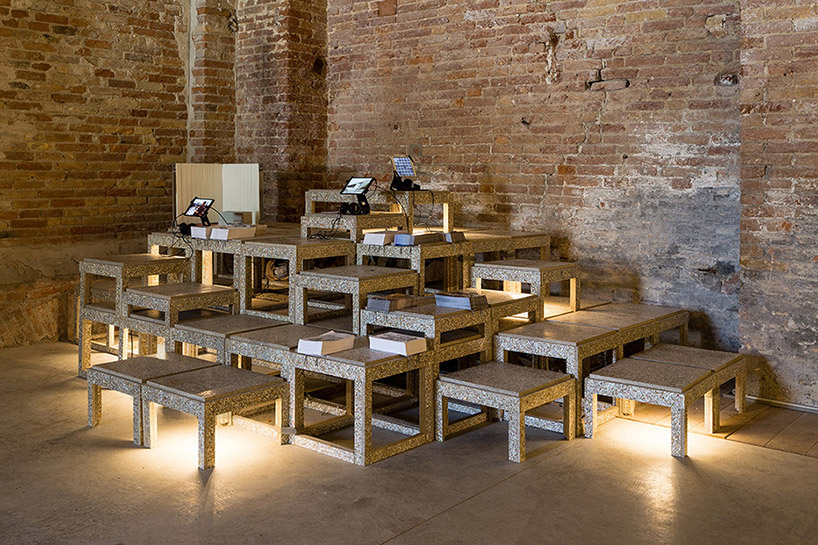
general view of the installation
image © marco cappelletti

installation with the videos, cards, and platforms assembled
image © marco cappelletti
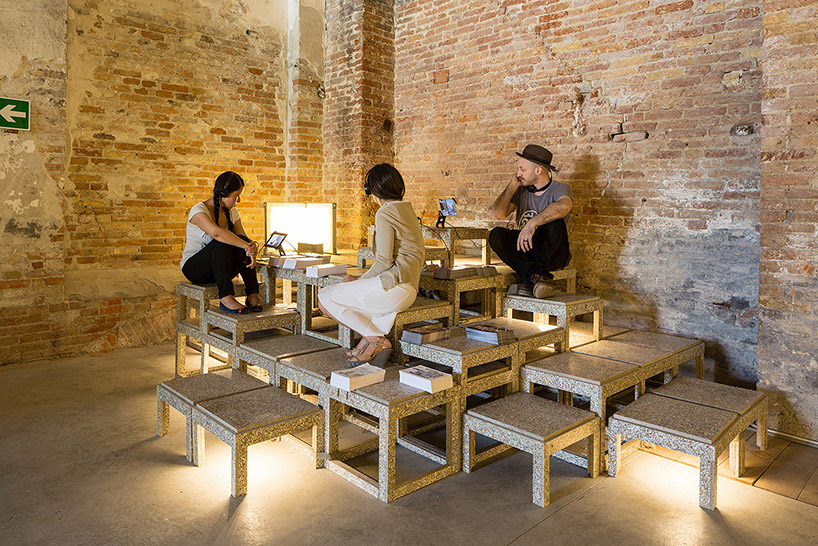
seats occupied by people watching the interviews
image © marco cappelletti
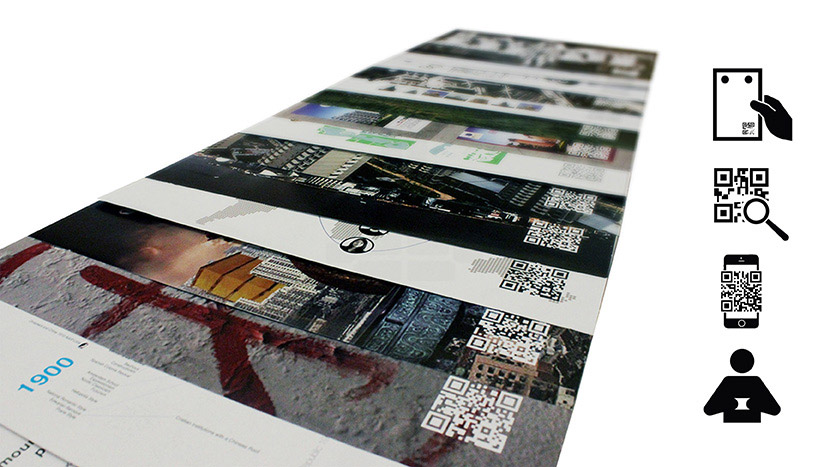
installation video QR icons
image © marco cappelletti
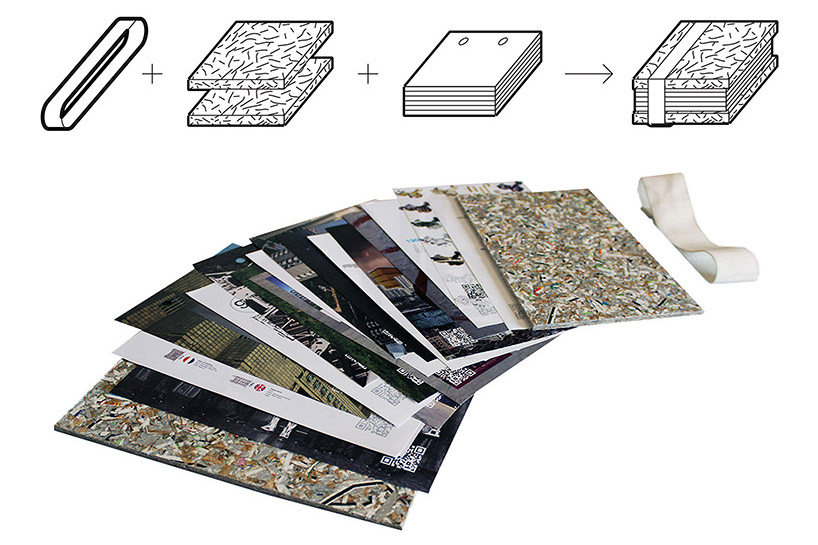
cards collector scheme
image © marco cappelletti
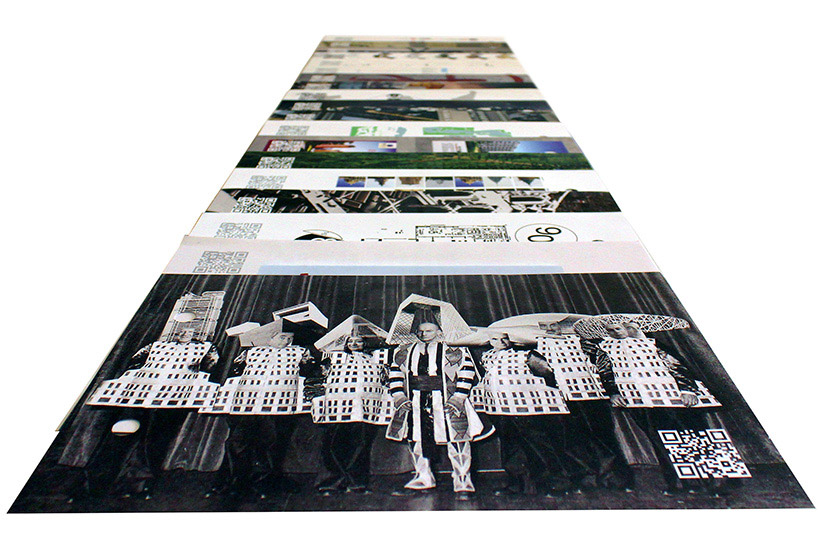
cards laid arrayed in a row
image © marco cappelletti
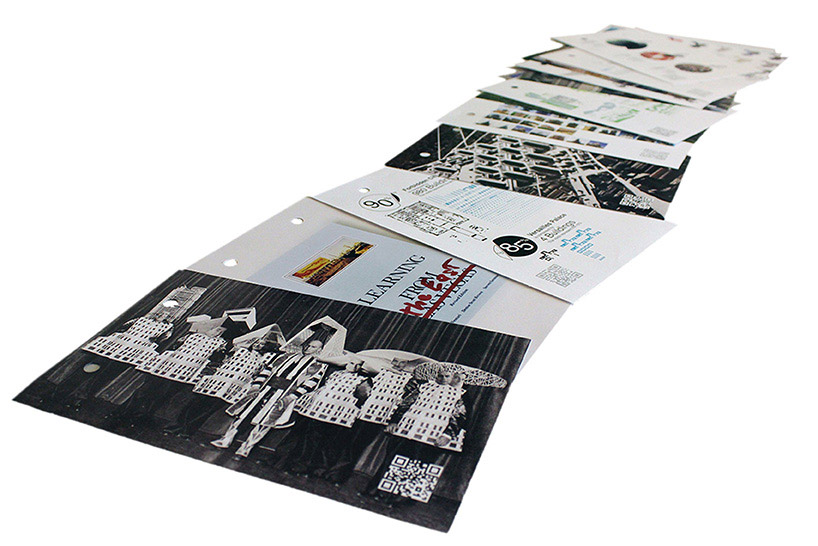
view of the cards lined up with different graphic styles
image © marco cappelletti
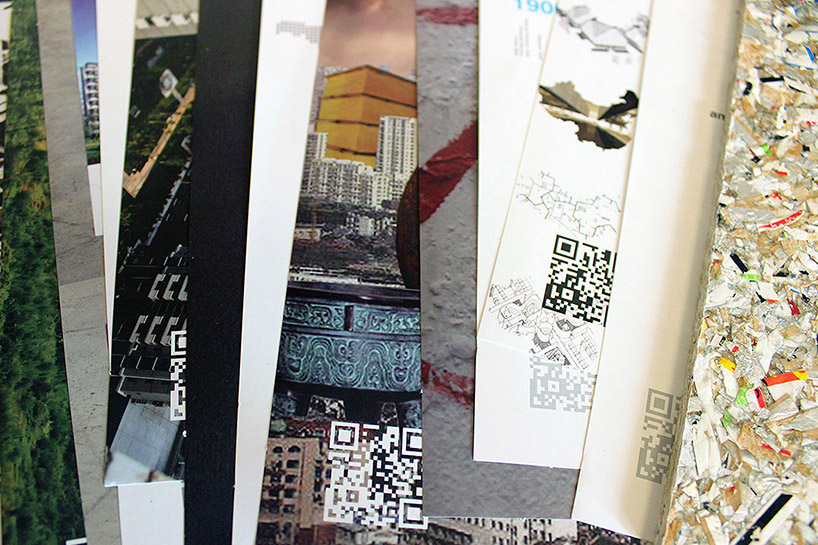
zoomed in view of the cards
image © marco cappelletti
seated in the in the exhibition and surrounded the multiplied pattern of the installation, pier alessio rizzardi of the studio described the research as, ‘a retrospective description of the consequences and the results after the architectural revolution, without rhetoric and stereotypes, usually given by media and critics’. the firm strived to drive the analyzation in keeping with the biennale theme of ‘absorbing modernity’ set by rem koolhaas: ‘in the 80s, china opened to the world and started a massive contamination provoking an architectural revolution’. alessio added, ‘from that period the approach had been divided between form and content, traditional and modern raising up the question: what is contemporary architecture?’. take a look at the interview below to find out more about TCA think tank and their concept for the chinese pavilion.
the condition of chinese architecture – venice biennale fundamentals 2014
video courtesy of pier alessio rizzardi















project info:
main organizers: pier alessio rizzardi, zhang hankun
participants: andrea vertone, roberto ortu, edna gee
designboom has received this project from our ‘DIY submissions‘ feature, where we welcome our readers to submit their own work for publication. see more project submissions from our readers here.
Save
Save
